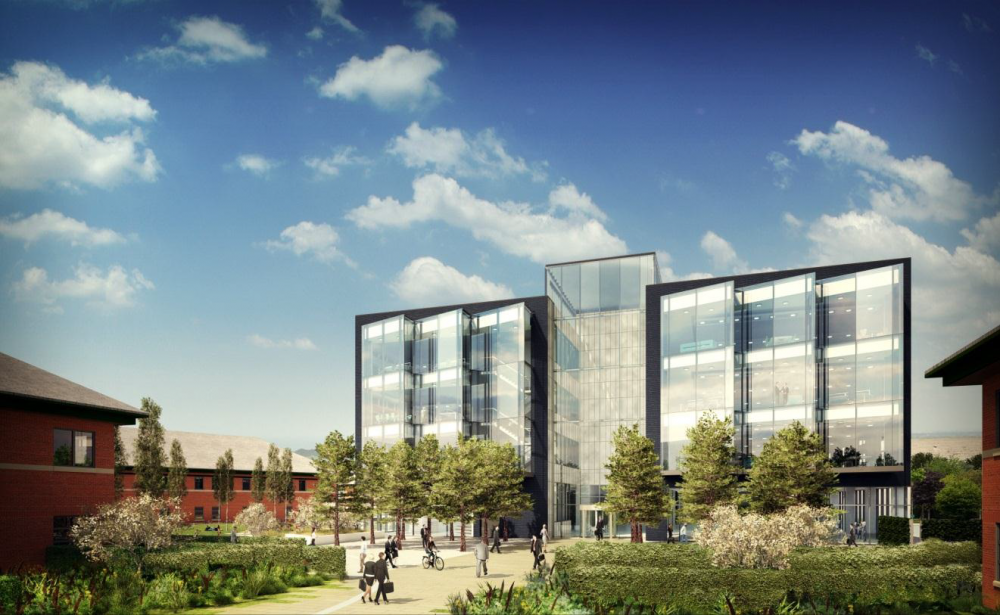Better regulation, market integration, strengthened public sector capacities and improved access to finance all help counter low investment and secure a better economic future
Europe is vulnerable to economic turmoil. Investment has been low since the financial crisis eight years ago. Different regulations often apply to the same products and services across Member States. Small, fragmented markets make it harder to earn back big R&D or other investments. Investment barriers like these suppress growth and employment.
The European Commission’s Investment Plan for Europe aims to support investment in the EU by:
- making smarter use of financial resources
- providing technical assistance to investment projects
- removing obstacles to investment.
The European Investment Bank is particularly involved in the first two pillars of the Plan. But the EIB Group’s project experience and market knowledge brings first-hand contact with obstacles to investment—and knowledge of how businesses, governments, and regulators have countered them.
The EIB’s new report “Breaking Down Investment Barriers at Ground Level: Case studies and other evidence related to investment barriers under the third pillar of the Investment Plan for Europe” describes how these barriers hold back investment and shows how investment barriers can be overcome when the political will exists.
Alongside EPEC, a partnership between the EIB, the European Commission and EU Member States, the Bank also unveiled this week a report on barriers to investment through public-private partnerships (PPPs) entitled “Hurdles to PPP investments: A contribution to the third pillar of the Investment Plan for Europe.”
Here are the main findings of the investment barrier report:
Better regulation brings down investment barriers
Case Study: Energy efficiency in French residential buildings
France’s La Loi Grenelle 2 requires regions to have a strategy for energy efficiency in buildings. France also adopted a framework for third-party financing by public companies that allows investment in return for an annual payment. The result: more coherent regulation conducive to energy efficiency investments, allowing also the EIB to approve financing to help renovate 500,000 buildings annually.
Draw markets together
Case study: Air-traffic control without borders
Airspace in Europe is fragmented across national barriers. Without coordination, wasteful tit-for-tat outcomes develop in which the introduction of new technology in one Member State is seen as a non-tariff barrier by a neighbouring government, leading to retaliatory technical requirements. As a result aircraft end up carrying more equipment than necessary. The solution: coordination to ensure that technical requirements are uniform across the EU. This has been made possible by the political support that created Eurocontrol. Eurocontrol defines standards across Member States, which may also be adopted by other countries. This ensures a larger market for technologies, incentivising investment, reducing risks and unnecessary costs for air traffic managers and airlines.

A Manchester project financed through the Evergreen Urban Development Fund
Counter public-sector constraints and access to finance
Case study: Urban Development Funds use the same, scarce money over again
City budgets have been hit by central government cuts, lack of economic growth, and high unemployment. Urban Development Funds make EU grants go further. A layer of EU grant funding is paid into the Urban Development Fund to absorb some of the risk. That attracts investment from commercial banks and international organisations like the EIB. Manchester City Council’s Evergreen Urban Development Fund is a leading example of this revolving financial instrument. Investments, such as the regeneration of a brownfield site, pay off and the funding can then be re-used for further projects.
Conclusions
These and other case studies in the report show that political will overcomes investment barriers. The EIB Group encounters investment barriers in all EU Member States, so there is scope for improvement everywhere, as well as on the EU level. That will unleash the Single Market and build sustained economic growth and employment.
